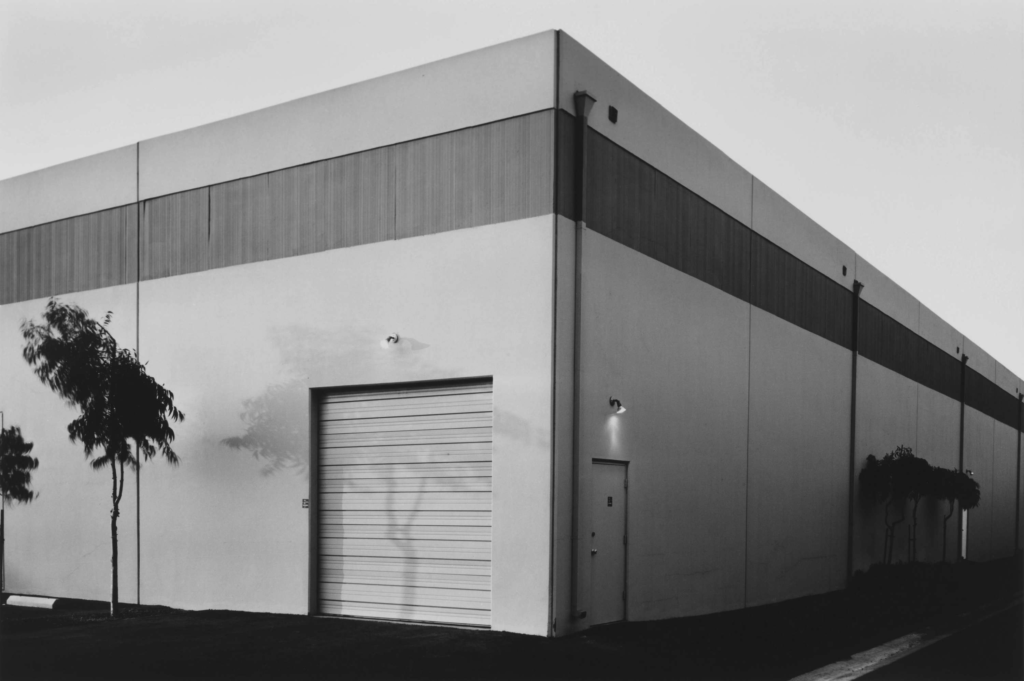
Lewis Baltz
Born in Newport Beach, California in 1945, Baltz grew up to be a photographer and educator. He rose to fame in the 1970s for his work in the New Topographics movement. Baltz father died when he was 11 but he continued onward attending collage and university, meaning by 1969 he held a Master of Fine Art degree and a BFA degree in Fine Arts. He first became interested in photography at 14 when he started working in a camera shop, however Blatz said from the start he never saw himself a photographer so much as an artist because ‘I never felt any allegiance to it’s history’ in fact he went onto say, ‘I made photographs because photography was the simplest, most direct way of recording something.’ Growing up just shy of WW11 Baltz saw for himself the toll American urbanisation was taking on the world around him and how quickly it was moving. As Baltz developed his career he went through many subject matters before becoming the photographer he is known as, during the 1980s he moved to Europe and started to create large coloured prints of his work. He continued to have a rich ever developing portfolio throughout his career, having many publications and books of his work published also becoming a professor of photography passing on his talent to the next generation.
Work
Baltz’s work has always focused around the destruction of the world around us, particularly framing images in a monochromatic, deadpan manner highlighting the lack of detail and power humans have on the world stealing nature away to turn it into mass concrete structures. His work often comes across as simple, which you can’t deny it is, however it showcases the details or lack of details in the man made world instead the natural ruggedness destroyed for geometric beauty perfectly expressing the soullessness of the modernising world.
Photo Analysis

Common in Baltz work is the mid tones of Ansel Adam’s zone system, a geometric structure and a hint of nature. This picture perfectly showcases this, unlike many other photographers work there isn’t lots of context available about this photo as Baltz worked in an anti-style of sorts, creating a link between the majority of his work all aiming to project the same idea rather unlike modern day photographers who tend to change what they want to say each new shoot, however this is just a product of current society as was Baltz work. In this photo in particular there is great use of the geometric elements of the building, using the corner to center the photo and creating a unique angle to view the building from. This is then contained as the building is then cropped so the frame is nearly fully filled with the building and the areas that aren’t are blank space creating the deadpan feel to the photo. To break up the harshness of the photo Baltz has left four and a bit trees in frame, doing so creating a further divide between the natural world and the -at the time- current urbanisation of America. Overall it’s a simple but powerful photo highlighting the modern worlds take on rugged, natural places and creating geometric modern but soulless structures all done with a low angle of a corner of a building and monochromatic, high contrasted use of blank space and harsh lines.
